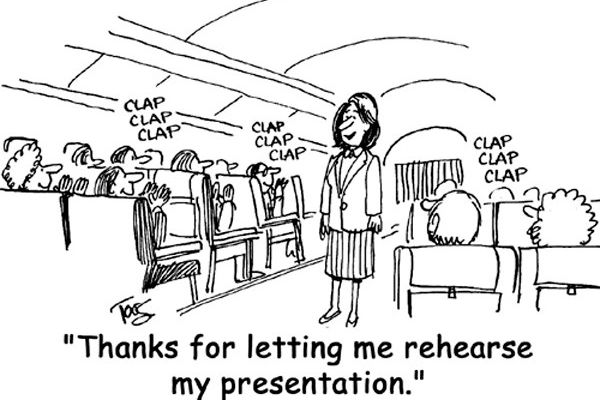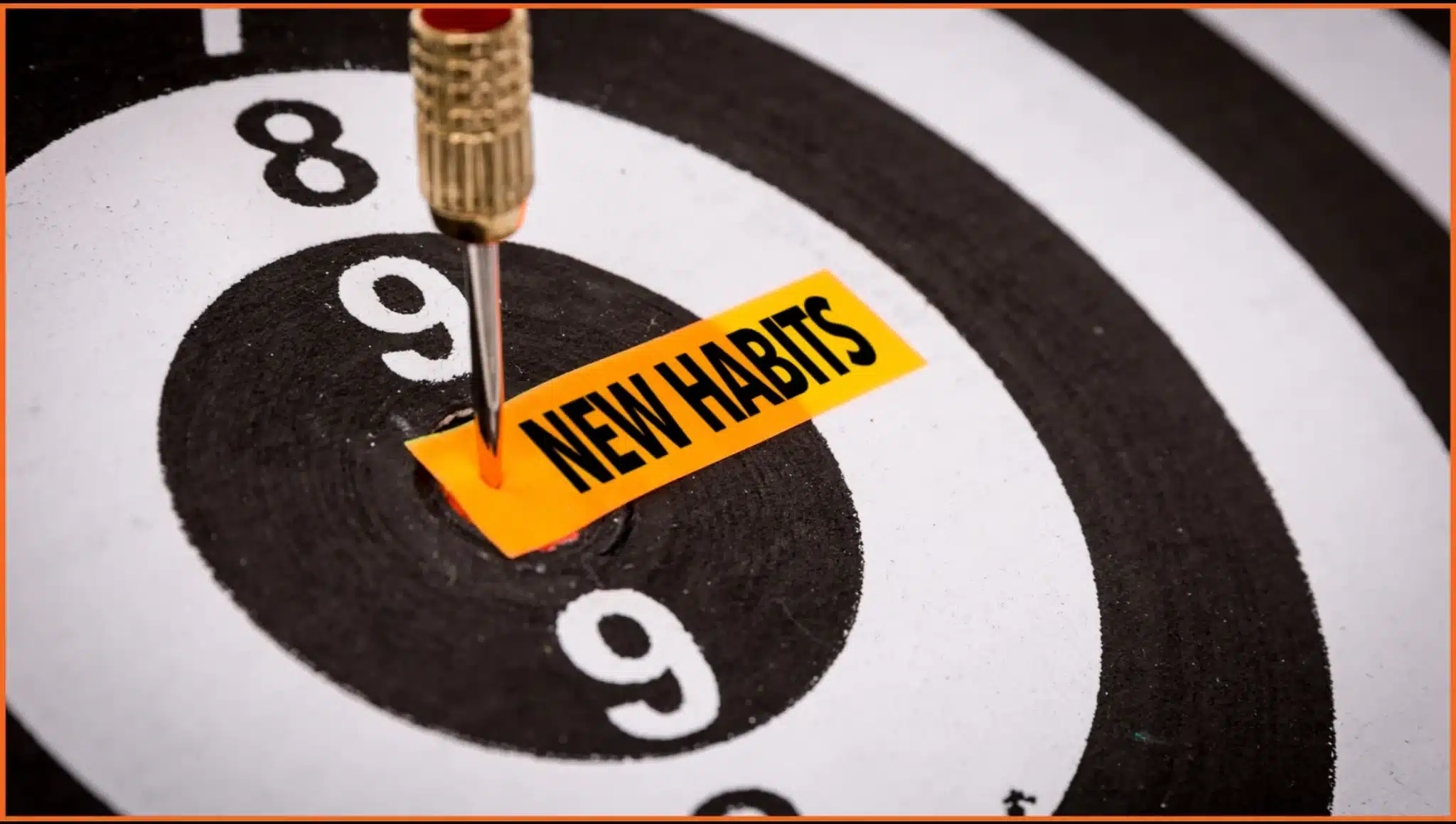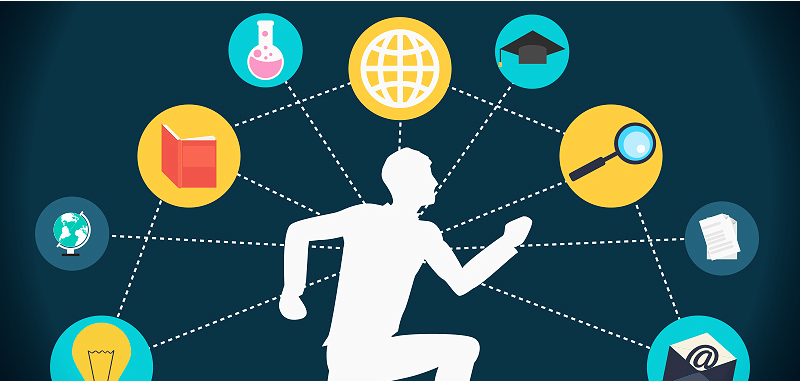Whether you’re a team lead, a new manager, or a senior executive, there’s one skill that cuts across every role and industry: presenting with clarity and impact. Presentations today are not just about information sharing; they are powerful tools of influence. We’ve noticed that while most people strive to give a good presentation, they often end up committing a few avoidable mistakes that diminish their impact.
During one of our sessions with first-time managers at a reputed Indian MNC, a participant said, “If someone could give us a checklist of what not to do, that would be more helpful than all the tips floating around.” That’s what inspired this post. Consider it a reflection of what we see in the training room day after day.
So, here’s our list of the top ten ways to ruin your presentation; and what you should do instead.
Related Reading: Funny One-Liners To Make You A Better Presenter
1. Pointing the Slide Changer Towards the Screen
Table of Contents
What ruins it: We’ve often seen presenters waving the clicker like a magic wand toward the screen, wondering why nothing’s happening.
Why it matters: The clicker communicates with your laptop, not the projector screen. Think of it like Bluetooth – if you’re out of range or pointing it in the wrong direction, it won’t work.
What to do instead: Get familiar with your clicker’s effective range. During our sessions, we encourage presenters to rehearse using the exact tools they’ll present with.
L&D Tip: Even small equipment mishaps can break your flow. Incorporate basic tech-readiness into your presentation prep modules.
2. Looking Towards the Ceiling While Speaking
What ruins it: Eye contact is everything in communication. Staring at the ceiling is a fast track to losing your audience.
Why it matters: In our experience, a presenter who maintains eye contact instantly builds trust and connection. Wandering eyes give away nervousness or disinterest.
What to do instead: Practice delivering parts of your presentation in front of a mirror or with a trusted colleague who can give feedback on your presence.
L&D Tip: Confidence-building activities can enhance comfort with eye contact. These should be part of any effective presentation skills training.
3. Starting the Session Late Because of a Few
What ruins it: Punishing punctual participants for the tardiness of others sends the wrong message.
Why it matters: Starting late creates a perception of poor time management. In our sessions, we’ve seen how icebreakers can salvage the energy and keep things rolling.
What to do instead: Begin with a quick energizer or interactive poll. It keeps the early birds engaged while giving latecomers time to settle.
L&D Tip: Time-discipline is not just about presentations; it reflects leadership mindset. Make it part of leadership development conversations.
4. Assuming You Know It All
What ruins it: Coming across as a know-it-all shuts down participation and can alienate the audience.
Why it matters: One of our team members likes to say, “Curiosity is more powerful than certainty.” Audiences relate better to humility than to perfection.
What to do instead: Admit when you don’t know something. Better yet, throw the question back to the group – you’ll often be surprised at what you learn.
L&D Tip: Psychological safety isn’t just for teams – it begins with how leaders model vulnerability. A great addition to experiential learning modules.
5. Rushing Through 180 Slides in 18 Minutes
What ruins it: Death by PowerPoint. We’ve all been there.
Why it matters: Overloading slides makes your message incomprehensible and your audience disengaged. We’ve observed that less is almost always more.
What to do instead: Use one idea per slide. Think visual, not verbose. Steve Jobs wasn’t a magician – he was just intentional.
L&D Tip: Teach teams to storyboard their presentations before opening PowerPoint. It makes all the difference.
6. Not Giving a Break
What ruins it: Holding people hostage in a long session with no pause can backfire. Biologically, our attention dips every 20 minutes.
Why it matters: Attention is finite. In our experience, breaks refresh attention spans and often bring back better engagement.
What to do instead: For sessions over an hour, build in short breaks or switch formats – small group discussions, polls, or reflection activities work wonders.
L&D Tip: Design for brain science, not just content. It increases retention and learning effectiveness.
Related Reading: The anatomy of impactful learning experiences
7. Not Introducing Yourself
What ruins it: Jumping into your content without context makes it harder for your audience to relate.
Why it matters: A short, meaningful intro creates credibility and relatability. We’ve seen even seasoned presenters miss this step.
What to do instead: Share who you are, why this topic matters to you, and what the audience can expect to gain.
L&D Tip: Authentic storytelling builds connection. Consider exercises that help presenters craft and rehearse compelling intros.
Related Reading: How To Learn Facilitation?
8. Checking Your WhatsApp During Activities
What ruins it: You might think the audience isn’t watching – but they are.
Why it matters: In our sessions, we remind facilitators and managers that presence is a performance. When you check your phone, it signals disinterest.
What to do instead: Use that time to observe group dynamics, take notes, or prep for the next segment. Stay engaged.
L&D Tip: Role-modelling matters. Include facilitation presence as a skill in trainer development journeys.
9. Wearing the Wrong Attire
What ruins it: Dressing inappropriately for the culture of your audience can immediately create dissonance.
Why it matters: In our experience, when your appearance aligns with the audience’s expectations, it helps your message land better.
What to do instead: Do your homework. When in doubt, choose business casual with some room to adapt.
L&D Tip: Include workplace culture cues and dress code orientation as part of onboarding or cross-cultural training.
10. Repeating the Same Joke (Again and Again)
What ruins it: What was funny the first time quickly becomes tiring when repeated. Forced humour feels inauthentic.
Why it matters: Humour is powerful when it’s fresh, relevant, and respectful. We often advise presenters to test jokes with peers first.
What to do instead: If humour isn’t your natural strength, that’s okay. Use anecdotes, real-life examples, or self-deprecating stories instead.
L&D Tip: Teaching the art of storytelling can help even introverts become impactful speakers.
Related Reading: 5 Elements of Storytelling
Final Thoughts: From Mistakes to Mastery
In our work across industries – from manufacturing to IT, BFSI to FMCG – we’ve seen how small tweaks in presentation behavior can lead to major shifts in credibility and confidence. Presentations are no longer a niche skill. They’re foundational to leadership, team communication, and client influence.
The good news? These mistakes are totally fixable. And with the right training, feedback, and self-awareness, every professional can become an effective presenter.
So the next time you’re getting ready to present, don’t just ask: “What should I do?” Also ask, “What should I avoid?”
Because in our experience, learning what not to do is often the first step towards doing it well.
Happy presenting!
Related Reading: Presenting with Impact










